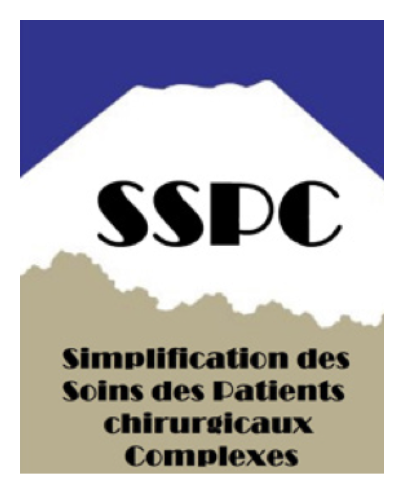Defining Benchmark Outcomes for Distal Pancreatectomy: Results of a French Multicentric Study.
Résumé
Objective: Defining robust and standardized outcome references for distal pancreatectomy (DP) by using Benchmark analysis.
Background: Outcomes after DP are recorded in medium or small-sized studies without standardized analysis. Therefore, the best results remain uncertain.
Methods: This multicenter study included all patients undergoing DP for resectable benign or malignant tumors in 21 French expert centers in pancreas surgery from 2014 to 2018. A low-risk cohort defined by no significant comorbidities was analyzed to establish 18 outcome benchmarks for DP. These values were tested in high risk, minimally invasive and benign tumor cohorts.
Results: A total of 1188 patients were identified and 749 low-risk patients were screened to establish Benchmark cut-offs. Therefore, Benchmark rate for mini-invasive approach was ≥36.8%. Benchmark cut-offs for postoperative mortality, major morbidity grade ≥3a and clinically significant pancreatic fistula rates were 0%, ≤27%, and ≤28%, respectively. The benchmark rate for readmission was ≤16%. For patients with pancreatic adenocarcinoma, cut-offs were ≥75%, ≥69.5%, and ≥66% for free resection margins (R0), 1-year disease-free survival and 3-year overall survival, respectively. The rate of mini-invasive approach in high-risk cohort was lower than the Benchmark cut-off (34.1% vs ≥36.8%). All Benchmark cut-offs were respected for benign tumor group. The proportion of benchmark cases was correlated to outcomes of DP. Centers with a majority of low-risk patients had worse results than those operating complex cases.
Conclusion: This large-scale study is the first benchmark analysis of DP outcomes and provides robust and standardized data. This may allow for comparisons between surgeons, centers, studies, and surgical techniques.
Domaines
Médecine humaine et pathologie| Origine | Fichiers produits par l'(les) auteur(s) |
|---|

